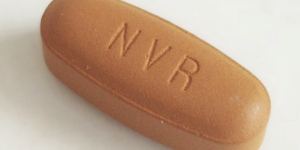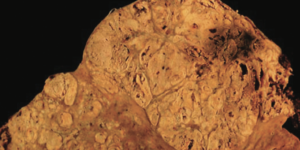Imatinib resistance in chronic myeloid leukaemia caused by Bcr-Abl kinase domain and non-Bcr-Abl mutations: a comparison and review.
Chronic myeloid leukaemia (CML) is a myeloproliferative disorder caused by BCR-ABL1 igureusion encoding for a tyrosine kinase oncoprotein. Since the introduction of the tyrosine kinase inhibitor (TKI), imatinib, in 2000, …










